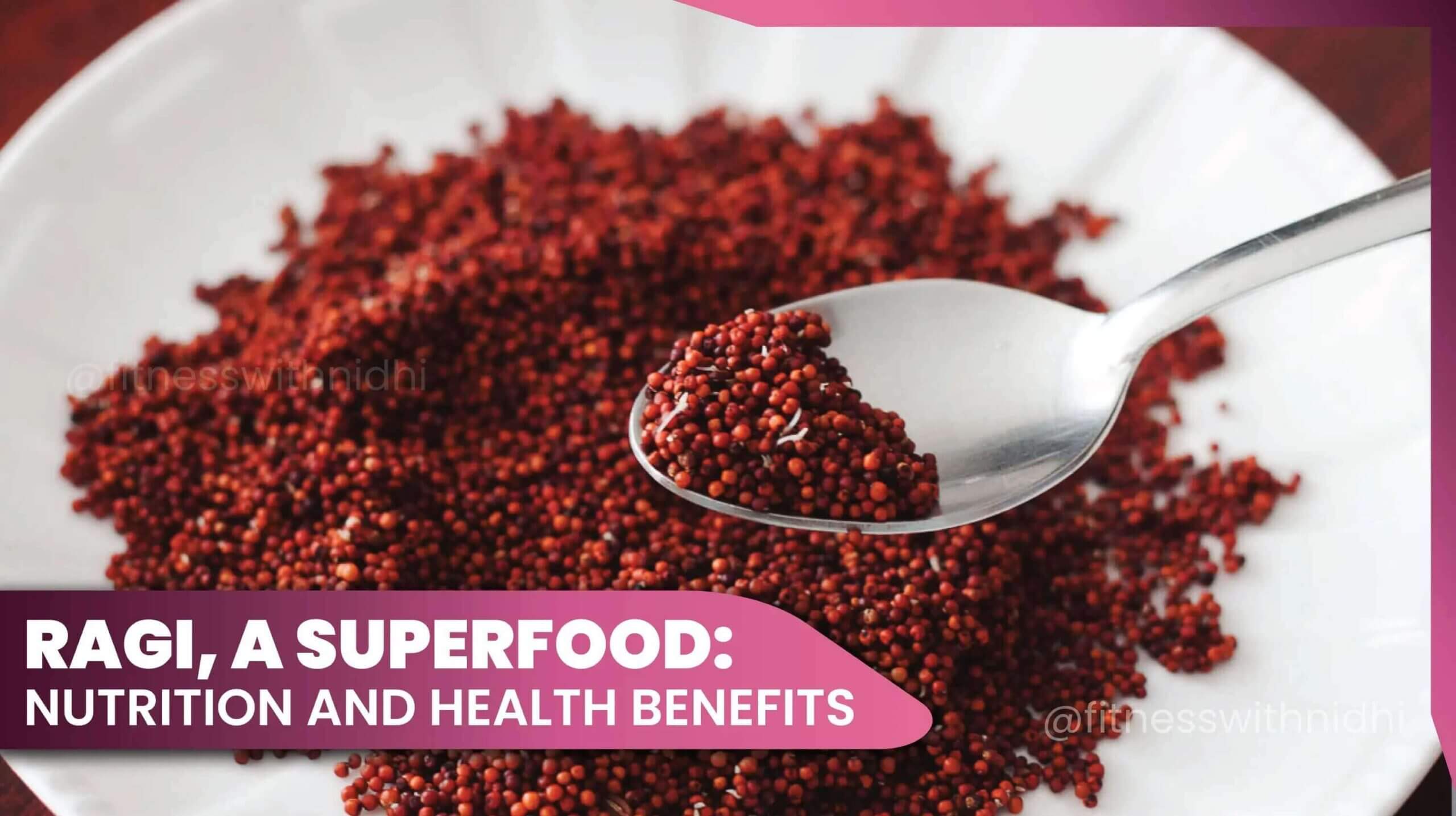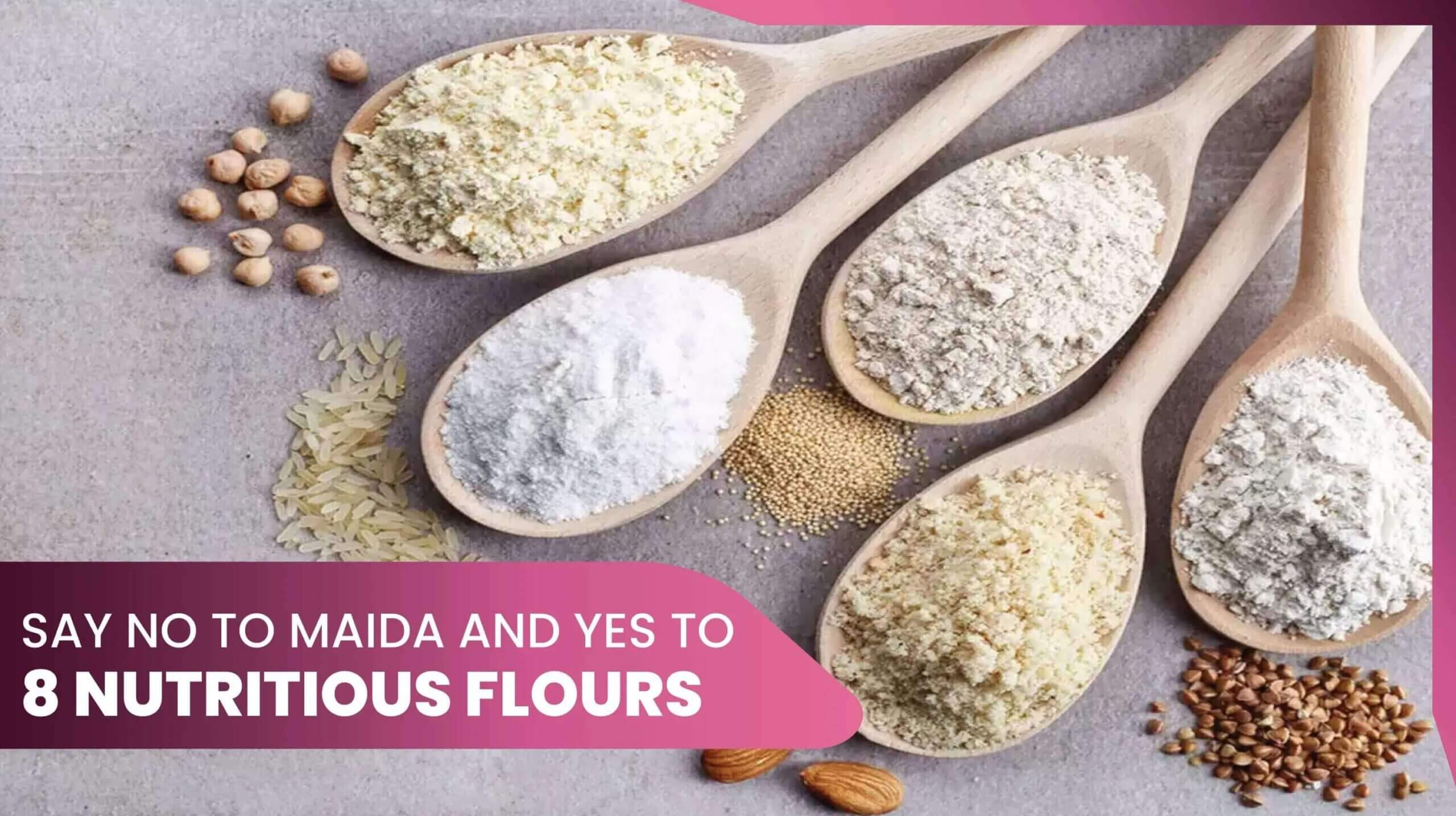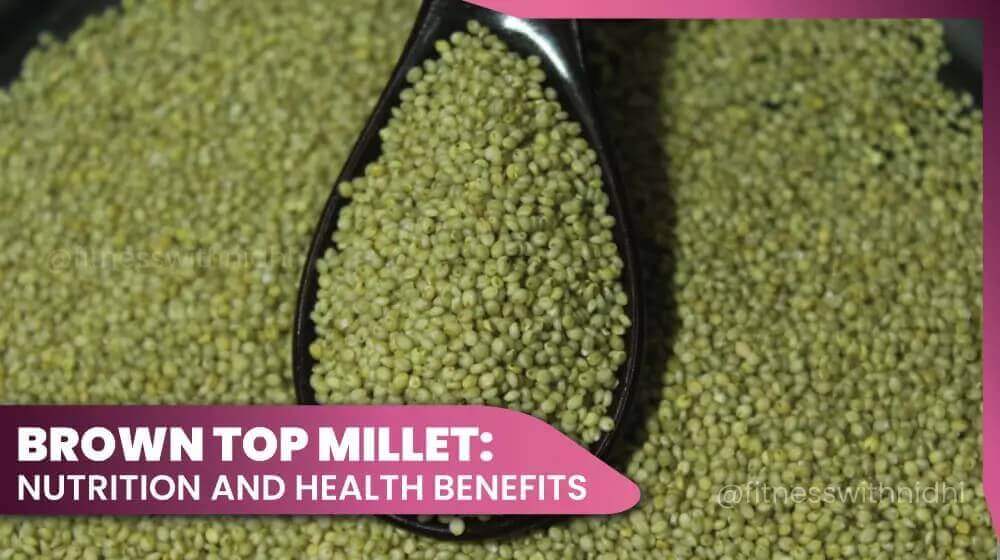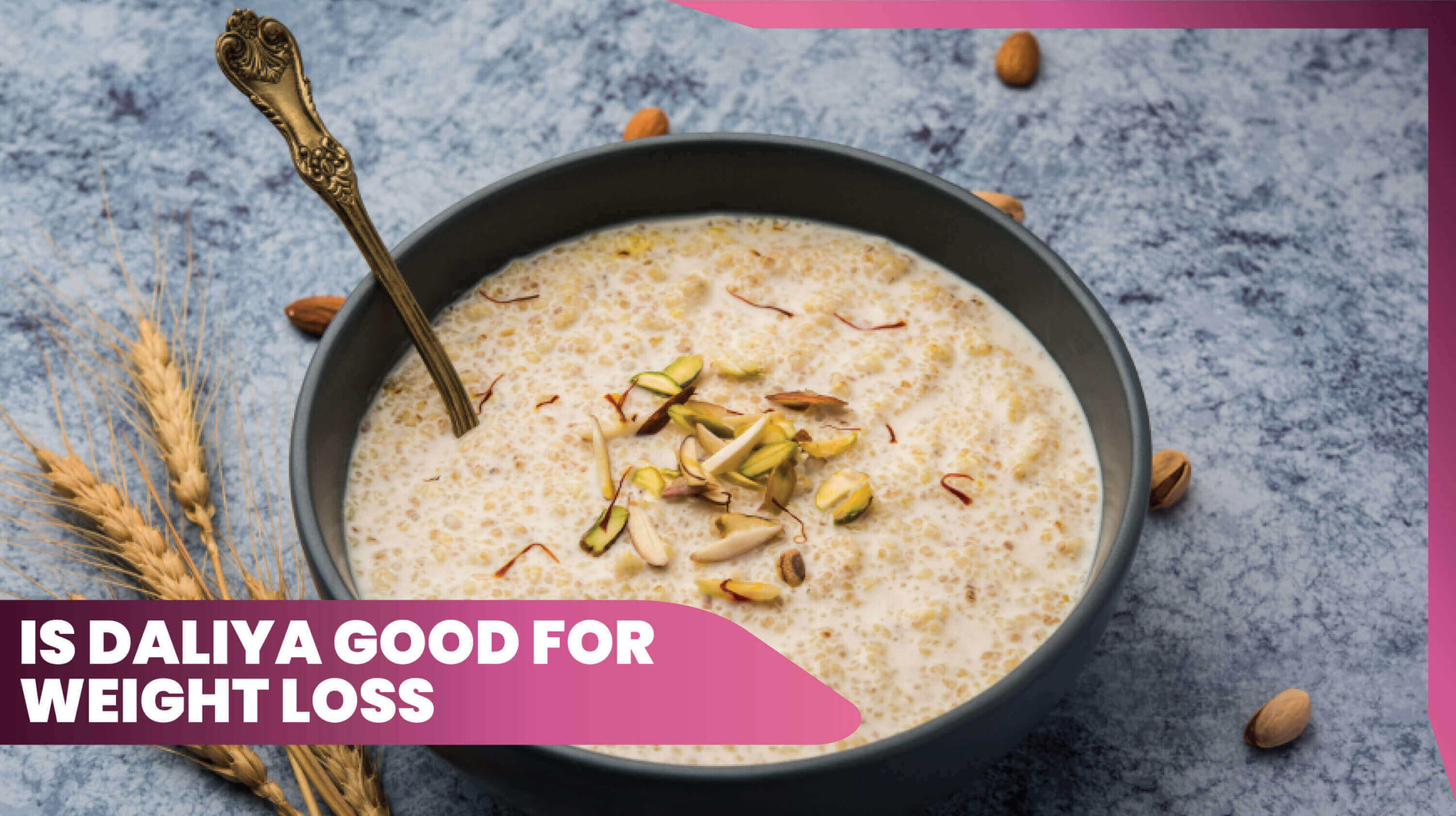Ragi also known as finger millet is regaining its position back in Indian kitchens all because of its unique nutritional profile. It was known as a poor man’s food but after the name of SHREE ANNA was given to millets at the G20 summit, special attention has been shifted towards the millets and their health benefits. Finger millet is preferred by farmers because of its easiness to be grown and harvesting as compared to other millets.
Finger millet is exceptionally rich in calcium, protein, magnesium, iron, phosphorous, vitamins, and dietary fiber. Its seed coat has good amounts of phenolic compounds, minerals, and dietary fiber.
Finger Millet Nutritional Value
| Nutritional Value | Amount |
|---|---|
| Calories | 380 kcal |
| Total Fat | 7% |
| – Polyunsaturated Fat | 5% |
| – Monounsaturated Fat | 2% |
| Cholesterol | 0 |
| Protein | 10% |
| Calcium | 363 mg |
| Magnesium | 145 mg |
| Iron | 4.5 mg |
| Zinc | 4.3 mg |
6 Health Benefits of Ragi
- Bone mineralization: Ragi is the richest source of calcium among all of the other foods. It has 364 mg of calcium per 100 g of weight. This makes it a superfood for both the children and the elderly, who are usually facing the risk of osteoporosis. You can add 4 tbsp of ragi flour with your regular wholewheat flour or you may either make cheela by mixing equal quantities of ragi flour and Besan (gram flour).
- Weight maintenance: Ragi is a rich source of tryptophan. An amino acid that lowers the appetite and thus, prevents one from hunger pangs and consequently overeating. The number of fats is also very low in it. Moreover, the type of fats found in it are all good fats, namely MUFA and PUFA, with zero cholesterol. All these factors help in weight loss.
- Has essential proteins: Ragi is a good source of essential amino acids, which the human body is unable to produce. Many plant-based food products are not a good source of essential amino acids. This makes ragi a source of complete protein. It has methionine, an amino acid that is essential for healthy skin and hair. Valine and isoleucine amino acids are essential for quick repair of broken muscle tissues, healthy gums, and good deposition of enamel on the teeth.
- A gluten-free grain: Many people suffer from gluten sensitivity. Gluten is a protein found in wheat, rye, and barley. People suffering from gluten intolerance, celiac disease, or any other gut-related problems are often advised to give up on the consumption of wheat products and barley. Ragi being a gluten-free grain and a good source of many vitamins and minerals can be made a part of the gluten-free diet.
- Prevents anemia: Ragi has 4.5 mg of iron per 100 g of its weight. This large quantity of iron makes it a preferred grain for women of reproductive age, as well as the elderly. It helps in maintaining good hemoglobin levels and ferritin levels in the blood.
- Lowers blood sugar levels: Ragi helps in keeping blood sugar levels in control. This is so because of the good amount of dietary fiber found in it. The soluble fiber found in ragi takes time to be digested and thus imparts very low doses of sugar in the blood after being digested.
Confuse About Your Ideal Daily Calorie Intake?
Use Our Calorie Calculator to Calculate Your Optimal Calories & Avoid Overeating!
Conclusion
Ragi is a nutritional powerhouse. It can be incorporated into our everyday meals in any form like chapatis, pancakes, bread, missi roti, biscuits, etc. Its benefits can only be seen after consuming it regularly for a considerable amount of time.




